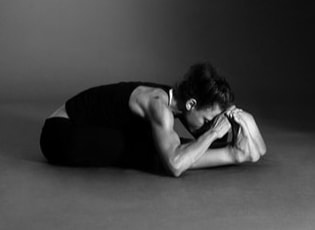 Paschimottanasana with a flat spine Paschimottanasana with a flat spine There are a couple different ways that forward bending postures --- including Paschimottanasana, the seated forward bend --- are taught. Some teach the posture with the back as flat as possible, tilting the pelvis forward significantly, reaching the head toward the feet and perhaps even pulling with the arms. This method (pictured to the left) has become more popular in recent decades with the rise of yoga competitions, yoga photography and the integration of contortion into yoga practice. The other way to execute the posture is to allow the spine to bend forward, perhaps even encouraging it, and placing the head down on the legs near the knees. This is what one might call the "traditional" way to execute the posture. There is evidence for this method in historic yoga texts, ample precedent in the Ghosh lineage, and good reason for it in the body's anatomy. HISTORY Paschimottanasana is one of the oldest postures in the yoga canon, dating back at least 500 years. In the Hatha Yoga Pradipika, one of the foundational texts of hathayoga from about 1500 CE, this posture is instructed as follows: "when one sits with his forehead resting on the thighs, it is called Paschimottanasana."
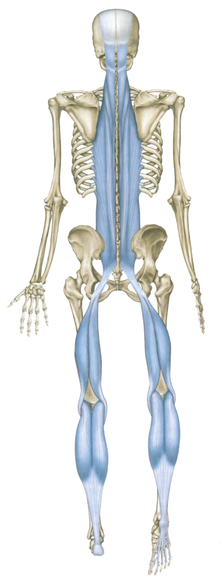 Superficial back line of fascia (from Anatomy Trains) Superficial back line of fascia (from Anatomy Trains) ANATOMICAL Last but not least, there is good anatomical reason for bending the spine in this posture, as opposed to straightening it and reaching the head toward the feet. On the back of the body is a path of connected tissues called the Superficial Backline of fascia. It extends from the toes across the bottoms of the feet, up the backs of the legs across the back of the pelvis, up the back of the spine and neck, and over the top of the skull (pictured left). The physical purpose of Paschimottanasana is to lengthen the back of the body. Its name even means "backside stretch." This includes the feet and calves, the hamstrings, the entire spine and the neck. You can clearly see the connected nature of all these parts in the fascia of the backside. This is why the posture intensifies when you pull your toes back or drop your head. Both actions affect the entire backside of the body. If we practice this posture with a flat spine, we shorten the backside from the pelvis to the head, losing half of the posture and putting extra pressure on the lower half. This lengthens the hamstrings extremely, sometimes leading to hamstring or hip injury, while neglecting length in the spine and the integration of the body as a whole. CONSIDERATION
It is possible that forward bending can be detrimental to bulging, herniated or degenerated discs in the lower spine. In these cases, it is best to avoid bending the spine forward, even skipping postures like Paschimottanasa altogether.
1 Comment
INTENTION
In Standing Deep Breathing (with Folding Hands/Arms) we move the chest and arms in harmony with the expansion and contraction of the breath. We use the arm movements to aid us in deepening the breath, stretching and strengthening our breathing muscles. As the chest expands on the inhale, we open the arms to stretch the shoulders, chest and throat. As the chest contracts on the exhale, we draw the arms, shoulders and chest inward, easing the muscular effort and encouraging relaxation. With this exercise, slow and deepen your breath as much as possible without creating tension. If you find yourself tensing in an effort to lengthen the breath, relax your effort. Try six seconds on the inhale and six seconds on the exhale. BENEFITS This exercise stretches and strengthens the breathing muscles in the chest, upper back and belly. It increases lung capacity. Any exercise that slows the breath will slow the heart rate, lowering the blood pressure and reducing stress. An excerpt from the Ghosh Yoga Practice Manual - Beginning. Eagle Posture---Garudasana---is achieved by winding the legs and arms around each other.
Buddha Bose teaches two versions of Eagle. The first, for beginners, involves wrapping only the legs (pictured above left). The arms are relatively uninvolved, allowing the practitioner to focus on balance in this tricky position. The second version includes the arms, twisting them together while the legs are still locked on themselves (pictured above right). The origin of its name, Garuda, is somewhat of a mystery. It is hard to imagine any sort of eagle or bird when looking at the shape of the posture. Dr. Gouri Shankar Mukerji sheds a little light on it. “Garudasana is named after Garuda, the Indian mythological bird. Garuda, the king of birds, has a trick of attacking in a coiled form. Maybe that is why the asana is named as it is." The word garuda also means eagle in Sanskrit. Most often, this posture is called Eagle. We are excited to announce a new book that will be out early next year: "26+2 Modifications."
Bikram's beginning class of 26 postures and 2 breathing exercises is a great class. There are lots of teachers and students of this method. Its one-size-fits-all style is at once its greatest strength and its greatest weakness. Lots of students struggle due to injuries, lack of strength or mobility, and it can be extremely useful for teachers to have a tool-box full of small modifications to the postures to serve this population. The new book will include discussions of each of the 26 postures, including the fundamental purpose and other secondary purposes. This helps to clarify our intention as teachers and inform our interactions with students. It will include several modifications for each posture, directly addressing the primary function of each exercise. A lot of the exercises and modifications are drawn from therapeutic exercises in the Ghosh yoga lineage, which ideally treats every student individually and uniquely. All of the postures and modifications in this book are intended to function within the context of a dialogue-driven class of the 26+2. They are simple and focused, so that the teacher can help specific students while keeping the rest of the class on track. 26+2: Modifications will be available February 1, 2018. All of the attendees of the week-long immersion "Teaching 26+2" will receive a copy with their admission. INTENTION
This posture stretches the hamstrings and inverts the upper body. At first, when the hamstrings are tight, you may feel a stretch in the lower back along with the legs. Focus on creating length in the back of the legs. Point the tailbone up and flatten the spine to bring the head closer to the floor. Hold the position in complete stillness and appreciate the peacefulness of the posture. BREATH Take full, deep breaths in this posture. BENEFITS This is an inversion with the head below the heart. It slows the heart rate and slows down the thoughts in the mind. It deeply stretches the back of the legs (hamstrings). If fosters stillness and a sense of calm. It increases strength in the feet and improves balance. NOTE When you come out of the posture, be careful of lightheadedness, which is normal. Your blood pressure is returning to its upright status, so breathe deeply and take a moment to let the lightheadedness pass. If dizziness continues, squat down or kneel until it passes. Excerpt from the Ghosh Yoga Practice Manual - Beginning All of us have been taught incorrect information at one point or another.
Sometimes it is because new knowledge has come to light since we learned it, either through scientific progress, new historical research or some other method. It is common for knowledge to become outdated. Sometimes it is because we or our teachers have made false assumptions to fill in gaps in knowledge. Believe it or not, there isn't verifiable information about every aspect of every discipline, so a certain amount of deduction and inference has to occur. Sometimes these turn out to be wrong. Sometimes our teachers mislead us about the breadth of their knowledge, filling in gaps with plausible information, distraction or personality. An example: I was recently reading a notebook from a class I took a few years ago. I had written that one should not drink water while eating, as it dilutes the digestive acid in the stomach. A few days ago, I asked a friend of mine who is a doctor if she knew whether this is true. She said she thought it unlikely that drinking water is detrimental to digestion, but she wasn't sure. So I looked it up. Mayo Clinic, one of the foremost institutions of medicine and research, says that drinking water while eating does not dilute the digestive juices. It actually has a positive overall impact on digestion and elimination. HOW TO DEAL It is still written there in my notebook: "don't drink water while eating." Do I write "untrue" next to it, or cross it out? Do I fact-check everything in the notebook? Do I disregard everything I learned from this teacher? Any system is made of hundreds of separate (but related) pieces of information. One or several of the pieces of info can be wrong without necessarily making other information worthless. And the system may hold up as a whole even if some of its foundational information is incorrect. It serves us, our students and any system to have as much correct information as possible. For the most part, realizing that we have been wrong about something has a wonderful upside: we know something correct now! Our knowledge has expanded! It gets complicated if we feel tied to a system as it was passed down to us. Sometimes we are tempted to avoid any information that changes the system or contradicts it in any way. The same is true if we feel tied to a teacher or his or her inherent personality or value. It can seem that any instance of misinformation, ignorance or outdatedness nullifies the teacher's validity on the whole. Allowing our knowledge to change is complicated. It requires a reassessment of what we know and believe. As new knowledge comes to light, it is of vital importance that we accept it, and not deny it for the sake of tradition or personality. The next Ghosh’s Yoga College teacher training starts next Monday in Kolkata!
This time there will be students attending from the US, Sweden and Taiwan. This is the fifth training since Ghosh’s College opened its doors to Westerners in an official way. Those coming for training will live at the school in the heart of North Kolkata for three weeks. They will study one-to-one prescriptive yoga with Muktamala Mitra, granddaughter of Bishnu Ghosh. Most of the curriculum is focused on therapeutic exercises, and what to prescribe to “patients” looking to yoga for physical therapy. It’s a complete change in perspective for those of us used to a Western 'yoga class' setting. Along with getting the attendees settled into GYC, I (Ida) will be using the week to continue helping with research. I will be there with Jerome Armstrong, who has been diligently researching the Ghosh lineage for the past several years. (Side note, for the past 6 months I’ve been editing his book Calcutta Yoga which will be out in the next few months! Stay tuned!) We plan to visit people and places we’ve been before, as well as explore some new territory. INTENTION
This posture comes in many forms. It is a stretch of the knee, quadricep, front of the hip and the femoral nerve. It prepares the lower part of the body for full backbends and Lotus. Be careful not to strain the knee in this position. Seek length in the mid-thigh and the front of the hip. You will achieve these things by pushing the hip forward, engaging the glutes (butt) to tilt the pelvis backward, and lifting the belly and chest up as if you were backbending (pictured above, top). Alternately, you can tension (stretch) the nerves in the low spine by creating a spiraling action (pictured above, bottom). Grab the back foot with the opposite hand. Lean forward with a little bit of a twist. BREATH Breath can be normal and relaxed in these positions. Focus on exhalation to help relax the body. BENEFITS Bow-Leg positions lengthen the hip flexors (front of the hip), an area of the body that is generally very tight. This can have a positive impact on back pain and even digestion. It will also help prepare the hips and pelvis for deep backbends and Lotus. NOTE The Bow-Leg can be done in a number of positions including Pigeon, Splits and even Cobra (see below). Use the position to lengthen the front of the leg, hip and knee. Be careful not to strain the knee. Excerpt from Ghosh Yoga Practice Manual - Advanced There is a lot of discussion and disagreement about the question: Is yoga a religion?
Many answer by saying yoga is "spiritual" but not "religious." There continue to be cultural movements to secularize yoga by taking away any direct mentions of worship or deities. And there are even combinations of yoga with non-Hindu religions, as old as the Allah Upanishad and as new as Christian Yoga. Let's take a look at the meaning of these words: spiritual and religious. And also at some history of yoga teachings and texts to see if we can find clues. WHAT IS RELIGION? Webster dictionary defines religion as "the service and worship of God or the supernatural." That is pretty broad, but it specifies that a system is religious when it acknowledges a God figure or some supernatural force worthy of worship. The word spiritual is defined as "of, relating to, consisting of, or affecting the spirit." Other definitions include "relating to sacred matters," which has a distinctly religious overtone. Another definition comes right out and makes the connection, saying spiritual means "concerned with religious values." Already for me the distinction between religious and spiritual seems like a stretch, like perhaps we are trying to make a distinction where none really exists. YOGA How does yoga fit into these definitions? Do the teachings of yoga recognize a God or supernatural being/force? Does yoga affect the spirit? For answers to these questions, I looked at two pivotal texts of yoga: The Yogasutras by Patanjali and the Yoga Yajnavalkya. The former is well-known. The latter is one of the most quoted texts by later yoga works. YOGASUTRAS The very beginning of the Yogasutras defines yoga as the "cessation of the turnings of thought." (1) No mention here of any god or supernatural power. No mention of the spirit either. According to this definition, yoga is a mental process having to do with our thought processes. The next verse complicates things a little. "When thought ceases, the spirit stands in its true identity as observer of the world." (2) Here we have the blatant use of "spirit," and we are thrown into the whirlwind of trying to understand and explain what that may be. But there is still no direct mention of a higher power. A few verses later we learn about Ishvara, the Lord of Yoga. "Cessation of thought may also come from dedication to the Lord of Yoga. The Lord of Yoga is a distinct form of spirit unaffected by the forces of corruption, by actions, by the fruits of action, or by subliminal intentions. In the Lord of Yoga is the incomparable seed of omniscience. Being unconditioned by time, he is the teacher of even the ancient teachers." (3) This passage directly refers to an omniscient supernatural being who is unaffected by time. It certainly falls under the definition of religion by encouraging the 'service and worship,' or as the Yogasutras put it---'dedication'---to a god figure. YOGA YAJNAVALKYA This text is the origin of the oft-repeated definition of yoga: "Yoga is...the union of the individual self and the supreme self." (4) Here we have the ambiguous notion of the "supreme self." Is it a figment of our imagination, the best version of ourselves, or a supernatural entity of which our human self is part? This definition often gets relayed as "union of the individual self with the universal self," which has a lot more supernatural meaning in it: We are all one. To me, this definition wobbles on the edge of religion, depending on how you choose to interpret the "supreme/universal self" and whether you consider that to be a supernatural entity. Some of the gray area is clarified if we look earlier in the text to some of the first verses. "...Meditating in his heart with one-pointed concentration upon Narayana (the Divine), the refuge of the universe, residing in the heard of all beings in all worlds, the source of this universe, worthy to be meditated upon by yogis, unattached, blissful, immortal, eternal, omnipresent, and the ruler of the senses..." (5) Here we have distinct reference to "the divine," a supernatural being who is the "source of the universe." While worship is not specifically instructed, we are advised that this "immortal, omnipresent" divine is "worthy to be meditated upon." To me, this is quintessential religion. IN CONCLUSION Depending on where we look and how narrow our gaze is, we can convince ourselves that yoga is not a worship-centric religion that looks to a supernatural being. But as our view starts to expand even within the same texts, there are definite religious elements: Timeless, omniscient beings who are the source of the universe. So, is yoga a religion? In a word, yes. 1. Patanjali, Yogasutras, 1.2 2. Patanjali, Yogasutras, 1.3 3. Patanjali, Yogasutras, 1.23-26 4. Yoga Yajnavalkya, chapter 1, verses 43-45 5. Yoga Yajnavalkya, chapter 1, verses 9-19 As we travel to different yoga communities for weekends of workshops, we are often asked about Practice Week, the weeklong immersion into yoga practice. Is Practice Week for me? What sort of material and practices are covered? What is the schedule like?
The most important element of Practice Week is simple: Practice. It is founded on the idea that once we progress beyond the beginning levels of yoga---usually asana practice---it is difficult to find a venue to learn and cultivate intermediate and advanced yoga. Practice Week provides that venue in the Ghosh lineage. Intermediate and advanced asana, extensive pranayama study and practice, mental focus, concentration and meditation, the philosophy and history of yoga, anatomy and physiology. The week is designed to be an intensive period of study and practice, rekindling your curiosity and passion and taking you deeper. So, is Practice Week for you? Only you can answer that question. The only requirement is that you have some experience---about 2 years at least---with yoga practice and are earnestly interested in deepening your practice. Have you lost the fire that you once had for yoga practice? Has being a yoga teacher dominated your yoga-based life, leaving less time for your own development? Are you interested in deeper practices of yoga? If so, Practice Week might be for you. Don't hesitate to write to us or fill out the form. Each day begins at 8am. We discuss until 9am and then practice until noon. Lunch from 12-2pm. The afternoon begins at 2 with another discussion, culminating with the more advanced practice of the day from 3:30-6pm. Each day ends at 6pm. We do this for 8 days in a row, ending at noon on the last day. |
AUTHORSScott & Ida are Yoga Acharyas (Masters of Yoga). They are scholars as well as practitioners of yogic postures, breath control and meditation. They are the head teachers of Ghosh Yoga.
POPULAR- The 113 Postures of Ghosh Yoga
- Make the Hamstrings Strong, Not Long - Understanding Chair Posture - Lock the Knee History - It Doesn't Matter If Your Head Is On Your Knee - Bow Pose (Dhanurasana) - 5 Reasons To Backbend - Origins of Standing Bow - The Traditional Yoga In Bikram's Class - What About the Women?! - Through Bishnu's Eyes - Why Teaching Is Not a Personal Practice Categories
All
Archives
May 2024
|

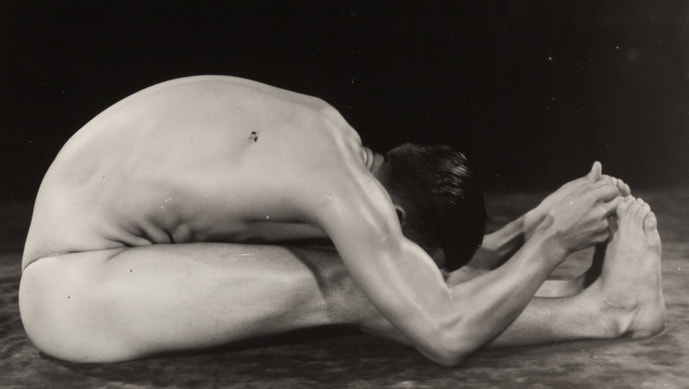
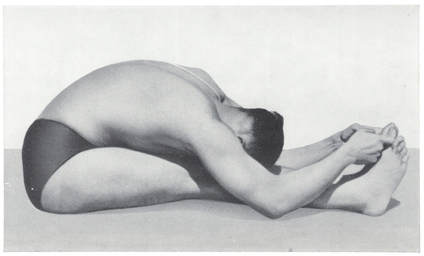
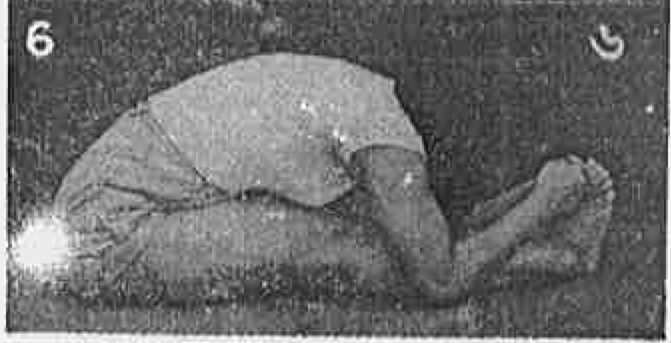
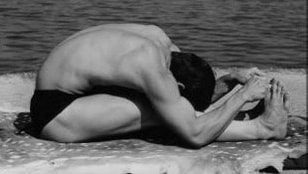
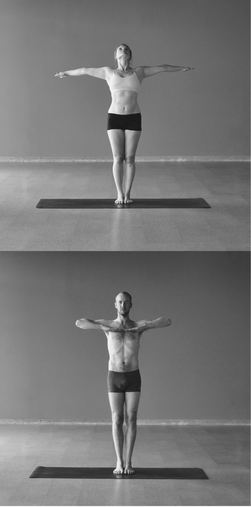
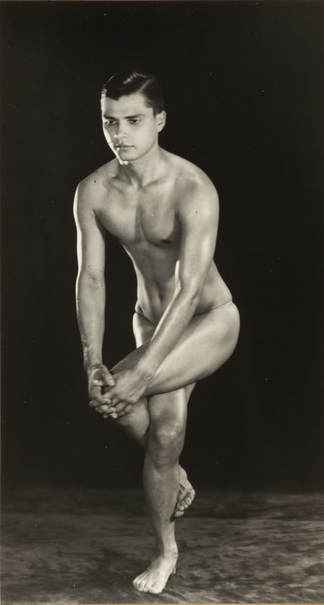
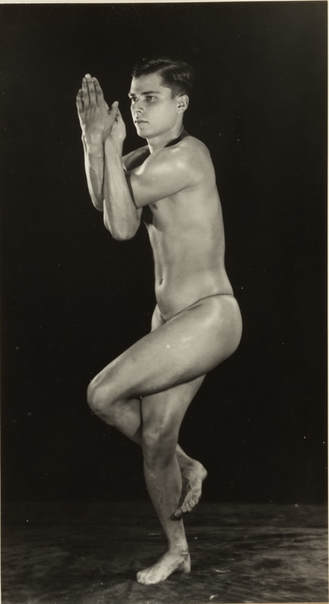
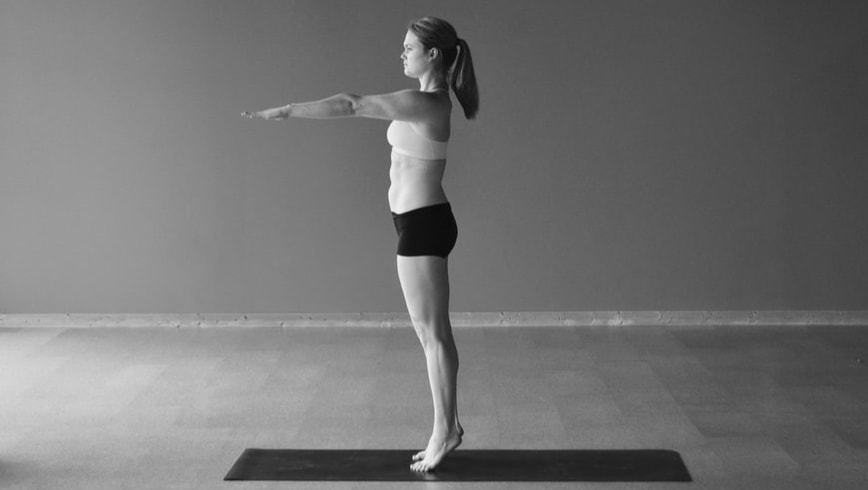
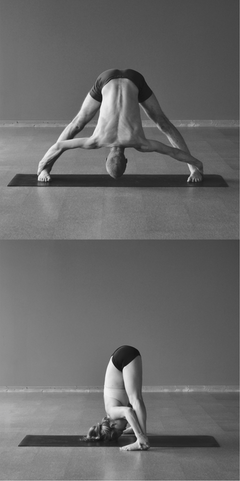
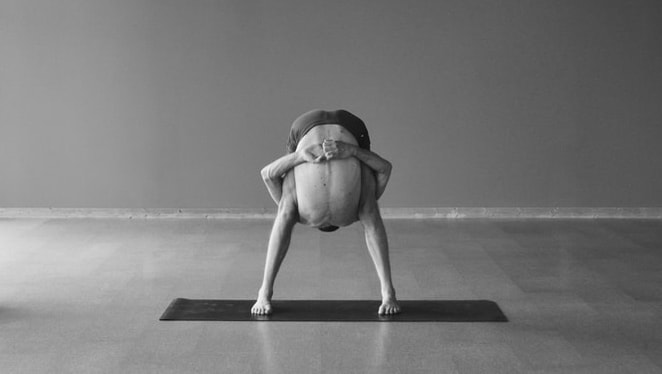
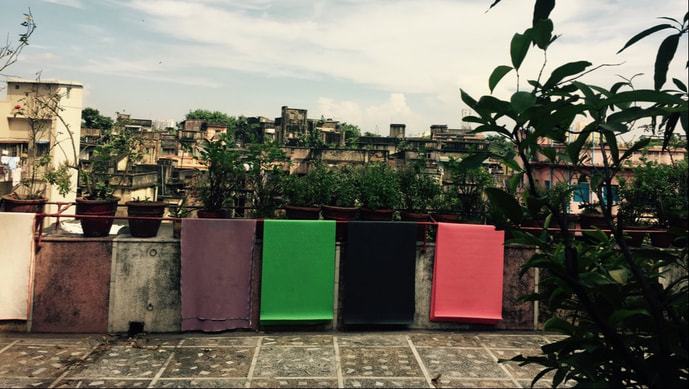
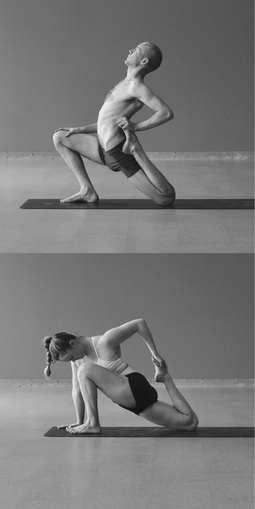
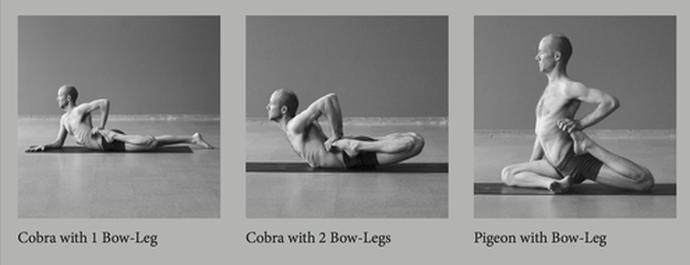
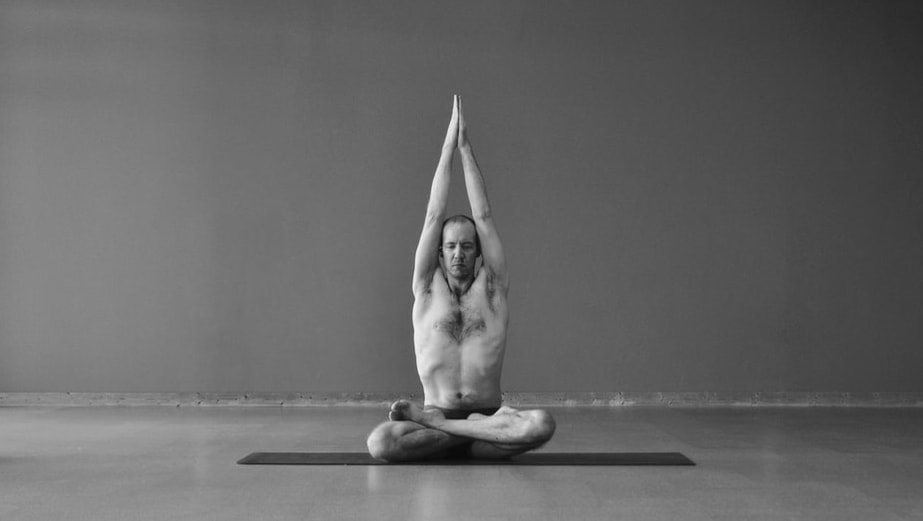
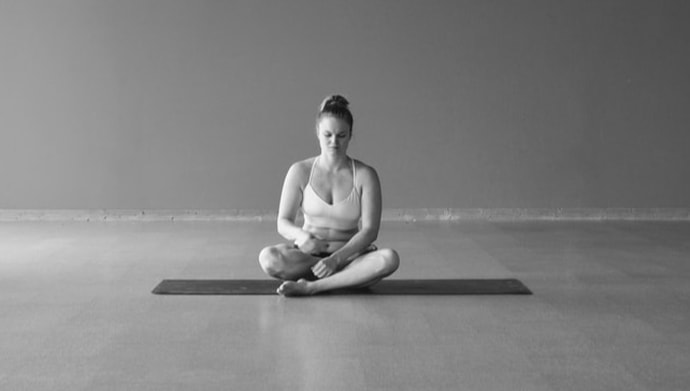





 RSS Feed
RSS Feed